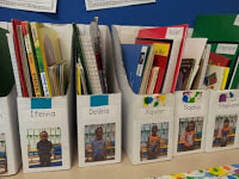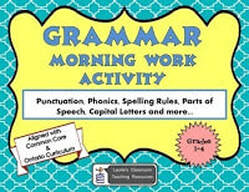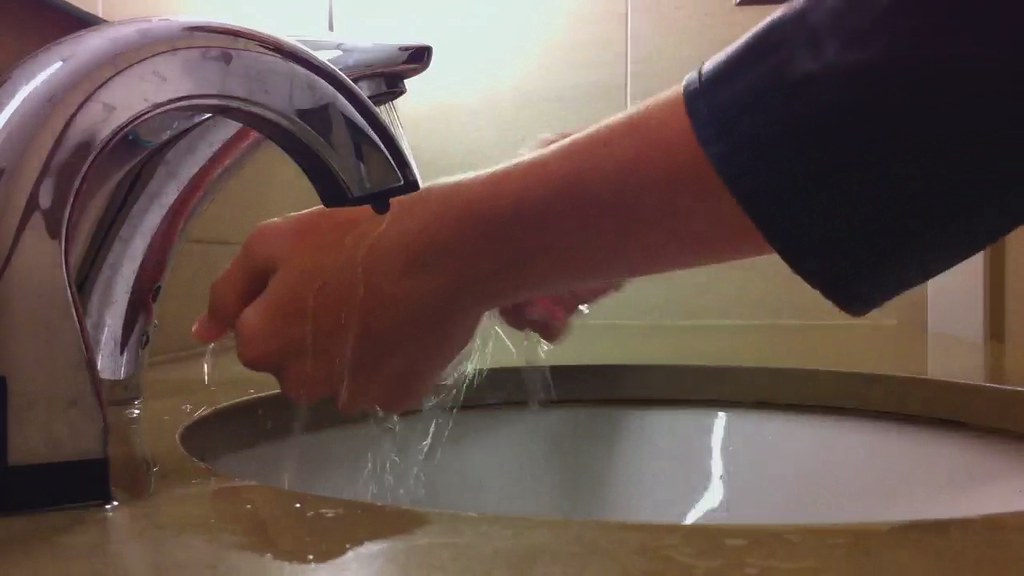Establish Classroom Routines Early How would you like a supply teacher telling you that they didn’t really need to be there first thing in the morning since your students knew exactly what to do? There’s no better time to start these classroom routines than the first day back to school. Classroom Routines Entering the classroom I start by showing my students how I expect them to enter the classroom which is single file in the order in which they arrive outside the classroom. Relate this behavior to real world expectations such as lining up at a bus stop and ask them how they would feel if a person who arrived at the stop after them pushed to the front of the line. I practice this routine all year. Morning routines Once inside the classroom make sure you provide clear instructions of what is expected. For example, I tell the students that they are expected to place returned work into designated bins and letters to the teacher or money envelopes in a bin on the teacher’s desk. The students must then return to their desks and write in their agenda the work of the day which has been listed on the board.
This routine is repeated daily which keeps the students focused and permits the teacher time to do morning attendance and check agendas. Walking as a class With the class, I discuss and practice walking the hallway in an appropriate way. I ask the students what our class should look like to others as we walk down the hall. We jointly come up with a list of behaviors such walking in a straight line, being quiet, not pushing each other etc. This can be done in a lighthearted way by the teacher demonstrating an inappropriate behavior is an exaggerated way and then ask the students if this is the proper way.
Get your free washroom passes at my TpT store, Laurie’s Classroom.
Fire drills Again, I use an interactive approach to jointly develop the rules for responding to fire alarms. This includes how to line up to leave the classroom, where to stand outside and what to do if they are in the washroom. Asking for help I start by asking the students how they would get my attention to ask for help. For example, a student will say they should put their hand up. I would then raise my hand and wave it back and forth while loudly saying my name and then ask them if this is how I should do it. This approach is fun for the students and gives them a sense of being part of the rules development. By implementing these simple techniques and reinforcing them throughout the year, you will be a supply teacher’s dream come true and you will have the time to do your morning routines. Numbers, not names While not an activity for the class, one administrative technique that I find really helpful on the first day is to assign each student a number based on alphabetical order. There are numerous benefits including:
As new students come into the class, rather than renumbering all students, I add letter suffixes and prefixes. For example, if the new student should be numbered as 17 based on alphabetical order, I would number them as 16A. If the new student is now number 1, they are numbered as A1 and the former number 1 student remains as number 1. Want to make this year even easier? Visit my TpT store, Laurie’s Classroom, for lesson plans, daily activities and more free teaching materials. Happy Teaching, Laurie
0 Comments
Leave a Reply. |



